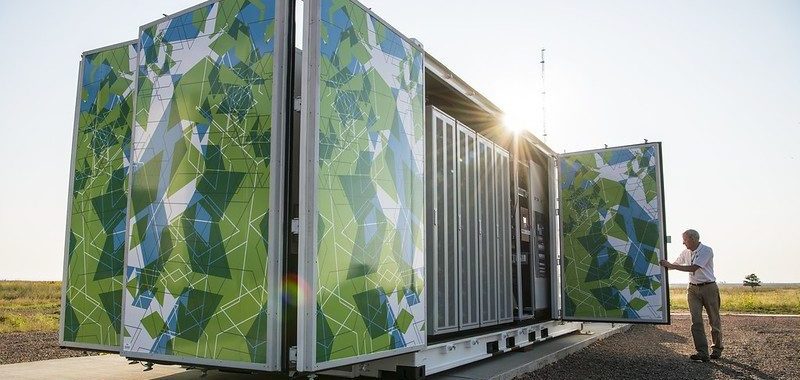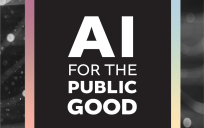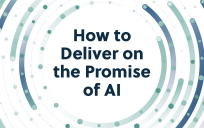The Energy Department (DOE), home to high-power supercomputers and 17 national research laboratories, is launching an “Innovation Community Center” (ICC), a digital hub that will invite internal and external stakeholders to solve challenges using emerging and inventive technologies.
The center will bring together some of the best minds in the field to tackle some of the most intractable problems that fall under the scope of DOE research, which includes preventing pollution and harvesting renewable energy.
Such collaboration previously has been challenging because leading experts in any subject area tend to be scattered across the country. The ICC will leverage the latest in networking and communications technology to overcome the steel curtain of distance. Leaders in academia and industry will also be able to offer use cases and contribute their resources later in the ICC’s rollout, according to DOE’s plan.
“What we wanted to do is tap into that innovation that is already occurring across the environment and provide a platform for further innovations holistically,” said Pamela Isom, the Deputy Chief Information Officer, Architecture, Engineering, Technology and Innovation, at DOE.
The ICC, which was invented to bring the best of the highly federated department together, will produce pilots and proofs of concept for technologies that could apply to multiple branches or divisions. Existing and new technologies will be shared across the enterprise, as well.
For example, if a carbon capture researcher in Pittsburgh and a carbon release researcher in Idaho Falls, were trying to use artificial intelligence (AI) to closely monitor hourly trends in their data, they could collaborate using the ICC to try to build a pilot, solicit help or find an existing solution to serve both parties.
The ICC is built around three pillars: an exchange of innovation, the research of new and emerging technologies, and a sandbox for invention.
The innovation exchange will include a map of capabilities so that employees can easily access a trove of products that can be cross-utilized. Meanwhile, the research will help provide the basis for proofs of concept and pilots. Finally, the sandbox will serve as a testing ground for new projects in a low-risk environment.
The ICC idea comes as a brainchild of Isom’s Office of the Deputy Chief Information Officer, Emerging and Advanced Technologies Division.
Currently, the Energy Department is in the process of building out capabilities for the communities, convening the central portal. Recently, the department added a task manager to help the business case by standing up a quick proof of concept.
When asked what new and emerging technologies DOE envisioned would come out of the ICC, Isom specifically highlighted blockchain, a distributed digital ledger that houses data and tracks alterations to the data, and robotic process automation (RPA), a software that completes simple, repetitive, programmed tasks.
AI, which is at use at varying levels throughout the DOE enterprise, will also be expanded through the ICC. DOE is already known to be on the forefront of AI applications, using the technology to predict earthquakes, prevent cyberattacks and track energy sustainability, for example.
“Innovations can be new and emerging products, and it can also be process efficiencies. That’s how RPA is taking a lead in that effect, because we’re looking at increasing those efficiencies,” Isom said.
Isom noted that cloud will be used to host the ICC portal, although DOE will also maintain the portal in on-premise environments as well to enable its supercomputers. ICC projects, Isom said, will use an agile approach to stoke collaboration.
The ICC is still being built, but an end state will include a physical presence – in addition to its digital foundation – where traveling researchers, developers and data scientists can stop into specific branch locations to access the ICC. Their work will power innovations that touch on nearly every sector of the United States.
“Just remember, it’s all about the mission and understanding the mission, so our focus is on working with the stakeholders to understand what some of the needs are, but also understanding our capabilities to experiment,” Isom said.





Leave a Reply
You must be logged in to post a comment.